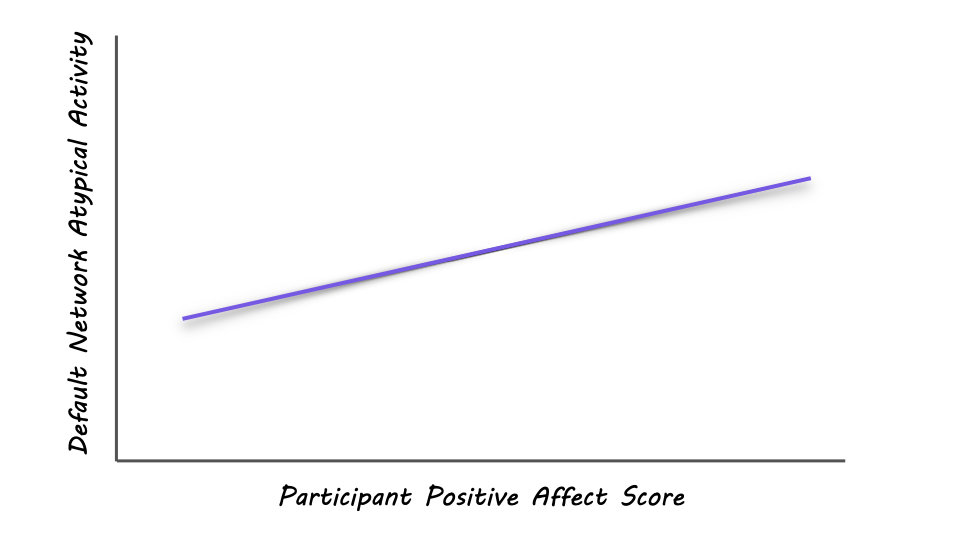Atypical Neural Activity Facilitates Positivity After Experiencing Negative Events
Post by Rebecca Hill
The takeaway
Individuals who interpret negative circumstances in a more positive light are more easily able to weather hardships, but it is still unclear how this happens in the brain. Atypical neural activity in a brain network called the default network facilitates this positive interpretation after witnessing a negative event.
What's the science?
The ability to be optimistic during adverse life experiences, such as a poor medical diagnosis or difficulties with interpersonal relationships, can improve physical and mental health outcomes after these events. However, the brain mechanisms that allow for these positive outlooks after negative experiences are still unknown. Previous work has suggested that the default network, which is implicated in subjective interpretation, could be involved with this positive thinking. This week in PNAS, Iyer and colleagues studied which cognitive mechanisms are used to facilitate positive interpretations of negative events.
How did they do it?
The authors had participants watch videos about cystic fibrosis while measuring their brain activity in regions throughout the default network using a functional MRI (fMRI). Subjects watched one video of patients discussing their experience with cystic fibrosis and one video of an explanation of the biological mechanisms of cystic fibrosis. This was to test whether an experience that was more open to interpretation – the video of the patient – led to more atypical neural processing than an experience that was not open to interpretation – the explanation of cystic fibrosis. After each video was played, subjects were scanned for 6 minutes during a rest period. The authors used this method to pinpoint the time that atypical thinking might be occurring to encourage positive interpretation. To measure neural activity associated with this atypical thinking, the authors calculated the activity connecting regions within the default network, and then compared this activity between participants. They used this to sort subjects into similar or dissimilar activity, as those with dissimilar activity to all other subjects experience atypical neural activity. After subjects completed their fMRI, they were asked to write descriptions of what they remembered about each video and the descriptions were then analyzed for how much positive or negative wording was used.
What did they find?
The authors found that atypical neural activity within the default network after watching the patient video was significantly related to positive descriptions from the subjects. Subjects who gave negative descriptions of the patient video instead had similar neural activity. This suggests that atypical thought processes and neural activity are necessary for interpreting negative events positively. When analyzing these responses both while subjects were watching the video and afterward, during the rest period, the authors found the most activity during the earlier half of the rest period. This suggests that positive thinking is facilitated by atypical neural activity occurring relatively quickly after experiencing a negative event. When testing for which region in the default network is most important for atypical neural activity, the authors found that the ventromedial prefrontal cortex, part of the reward system in the brain, was the only region required to facilitate a positive interpretation of negative experiences.
What's the impact?
This study is the first to describe that atypical neural activity is required to view negative experiences in a positive light. Understanding the neural mechanisms that allow for optimism during adversity is important for being able to encourage resiliency in response to negative events. Everyone goes through difficult experiences during life, so being able to identify and use effective coping strategies is essential for protecting mental and physical health.

